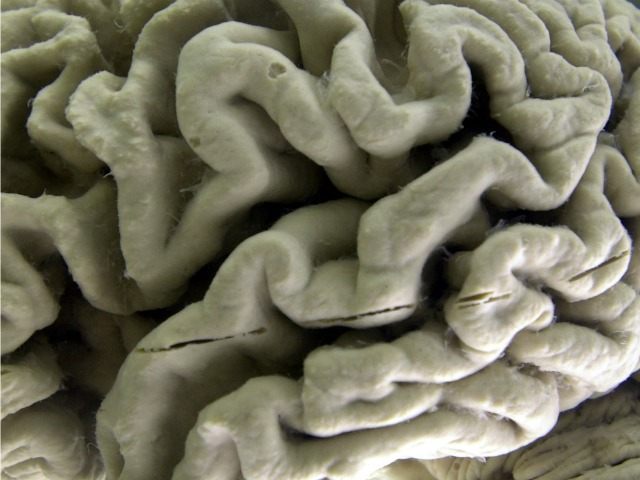WASHINGTON, Feb. 12 (UPI) — Scientists at Johns Hopkins University have developed tiny mini-brains they say will be more useful than animal brains for research on neurological disease.
The mini-brains are barely visible to the naked eye and are not shaped like brains, but the tiny balls of cells function and interact similar to the real thing.
Researchers are set to present their work on mini-brains at the annual meeting of the American Association for the Advancement of Science on February 13.
Scientists said that while the balls of cells are not actual brains, the cells function exactly like human brains — more than enough to make them more useful for research on human disease and treatments.
“Ninety-five percent of drugs that look promising when tested in animal models fail once they are tested in humans at great expense of time and money,” Thomas Hartung, a professor of environmental health sciences at Johns Hopkins, said in apress release. “While rodent models have been useful, we are not 150-pound rats. And even though we are not balls of cells either, you can often get much better information from these balls of cells than from rodents.
According to an abstract published for the AAAS meeting, researchers used a method developed in Japan to derive stem cells from skin samples. The stem cells are then stimulated to grow into brain cells that grow to form brain-like structures over the course of eight weeks.
The brains are grown to a size of 350 micrometers — no bigger than a housefly. Thousands of copies can be produced, allowing researchers to easily and efficiently repeat tests with control and experiment groups.
Researchers think the mini-brains, which can be grown from a sample of any person’s skin, will open new avenues in personalized medicine for the testing of drug treatments, as well as highly individual versions of diseases such as autism. They expect the mini-brains will also be useful for research on Alzheimer’s disease, Parkinson’s disease, multiple sclerosis, viral infections, stroke and other types of brain trauma.
The researchers are in the process of starting a spin-off company to speed up the availability of the mini-brains to research labs.
“This is opening up for a more human-relevant research to study diseases and test substances,” Hartung said. “In order to fully exploit this technology, we must make this easily available — this is in the best interest of patients and for saving animals.”

COMMENTS
Please let us know if you're having issues with commenting.